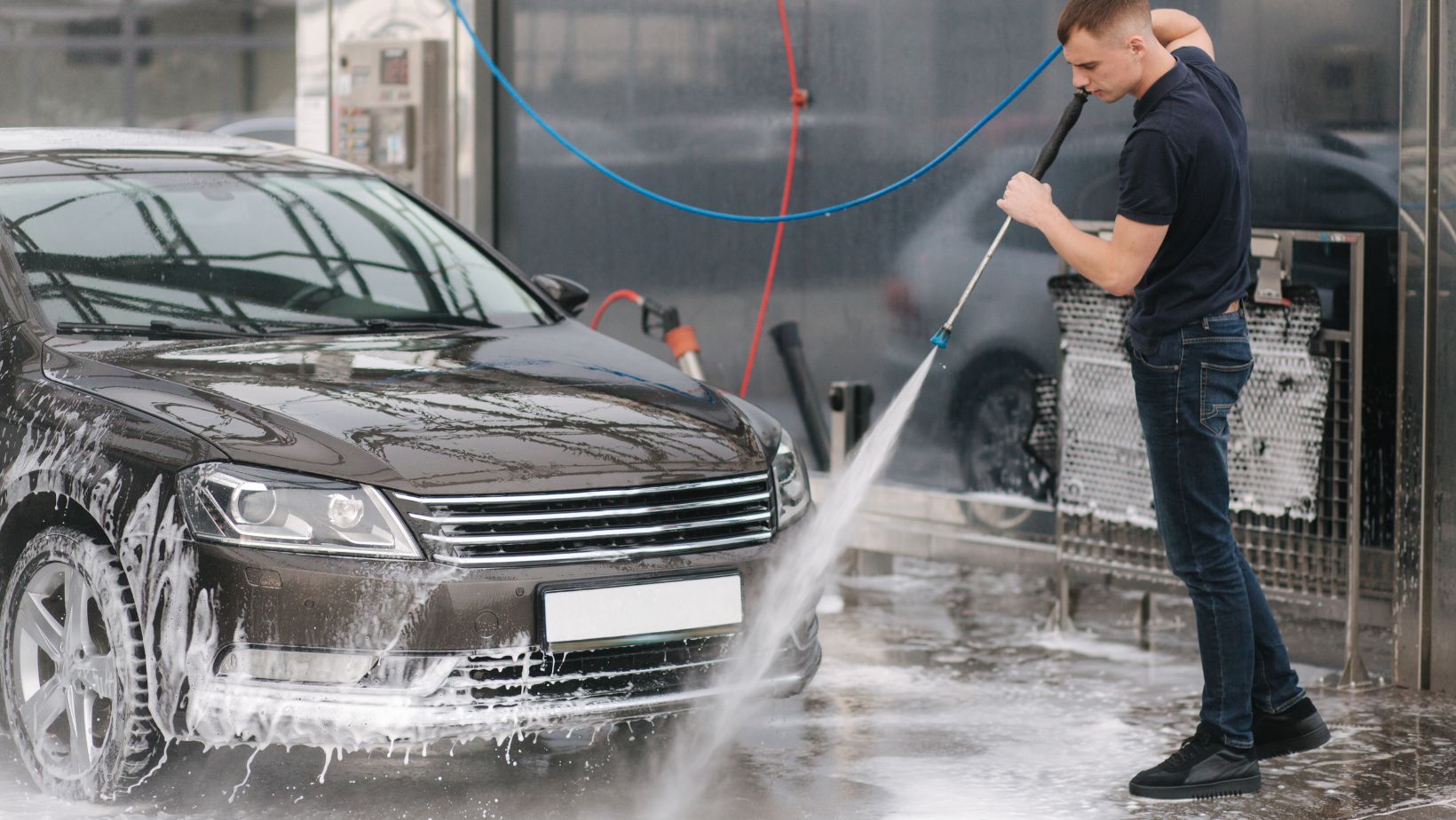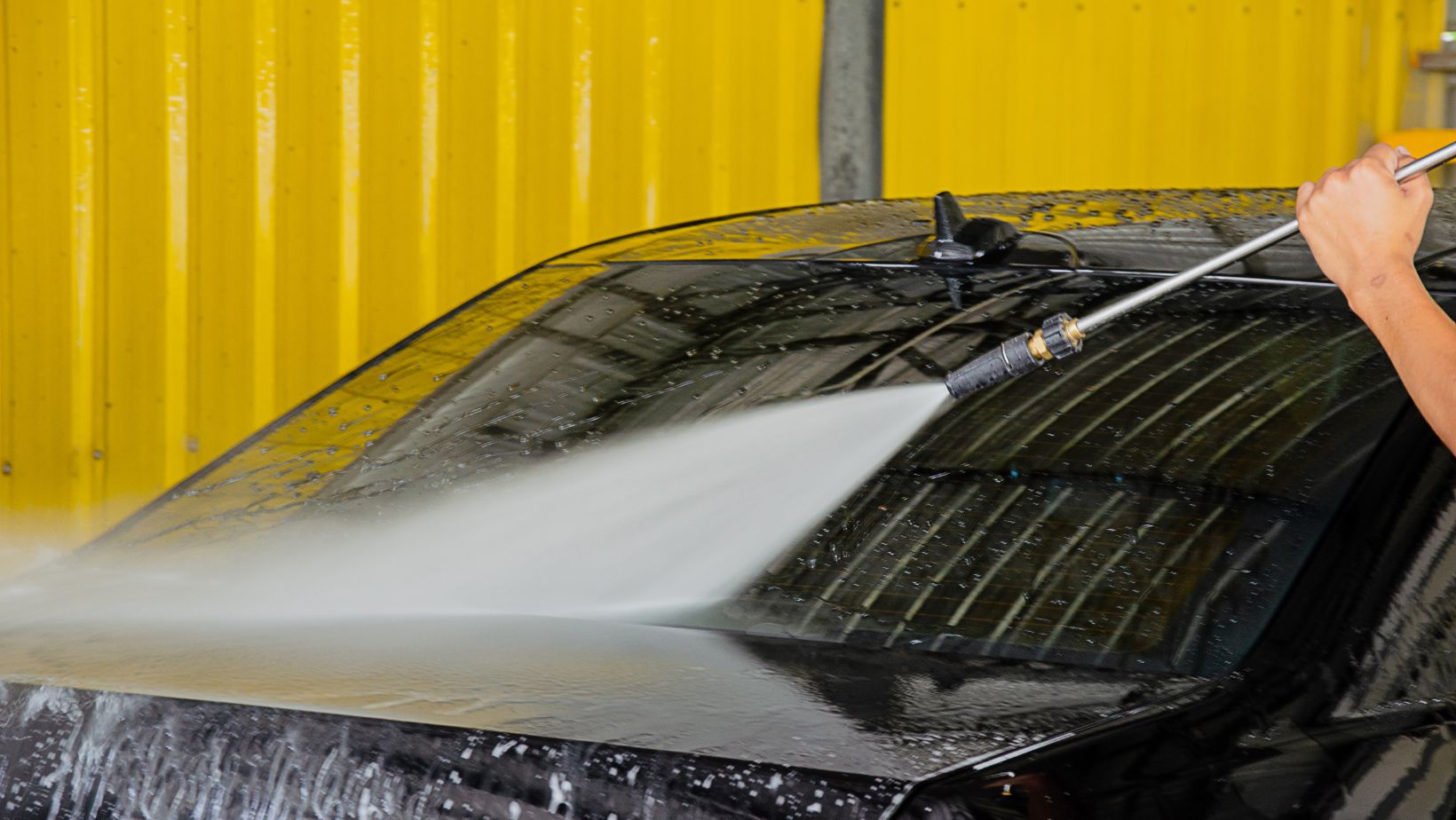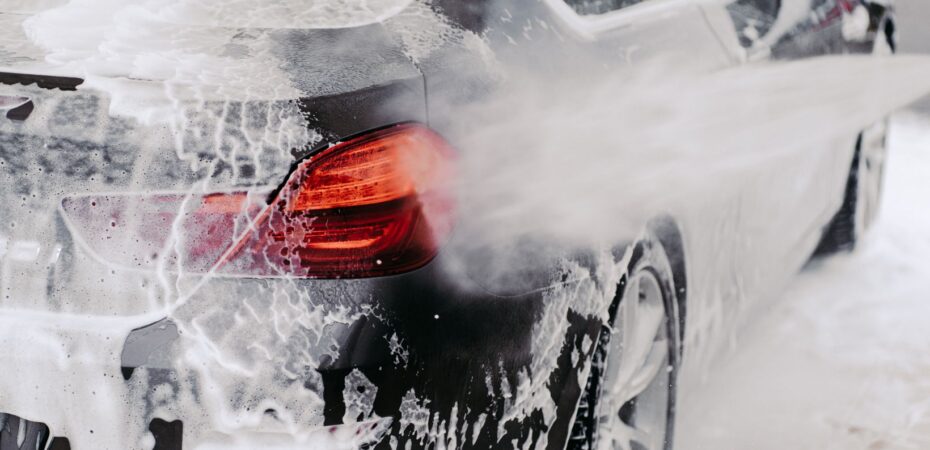When embarking on a road trip, ensuring your road trip car is in prime condition is very important. Being in the car for multiple hours a day can make it wear out and degrade quicker than normal, and this means maintenance is vital.
One essential tool in your maintenance kit is a pressure washer. In this article, we will provide valuable tips for effectively and safely using a pressure washer to spruce up your car before hitting the open road.
Have the Right Insurance
Pressure washers are incredibly strong machines that can cause damage to your car if they are used incorrectly or if they happen to malfunction. In the case of an incident like this, you want to ensure that you have the correct insurance so that you can be fully covered for any incident you may run into.
Your regular car insurance will not cover pressure washing, and this is why you will need to have pressure washer insurance, a new article by USA Business Insurance says. This insurance will cover:
- Accidental damage to the car
- Equipment malfunction
- Water damage
- Property damage
Having the right insurance will give you peace of mind when it comes to pressure washing your car for your upcoming road trip should anything go wrong.
Prepare the Equipment
When it comes to using your pressure washer correctly, the first step is to prepare the equipment. Each pressure washer will differ from the next depending on the brand and the make, so reading the user manual will help you to familiarise yourself with the product and how to use it.

When preparing the equipment, make sure to inspect the pressure washer for any visible damage, loose parts, or leaks. Ensure that all of the connections are secured by tightening them.
Connect your pressure washer to a clean and reliable water source, and make sure that the hose has no restrictions. Lastly, check the engine oil if you have a gas-powered pressure washer to ensure that it is sufficient.
Work Methodically
When pressure washing your car, working methodically will make the process infinitely easier and far more efficient. Following these steps will ensure that your car is properly cleaned and will avoid any future damage, such as rust or water marks.
- Pre-rinse the car
- Prepare the soap solution
- Apply the soap to the car
- Begin the pressure-washing process
- Rinse the car thoroughly
- Pressure wash the wheels and tires
- Check for any stubborn stains
- Rinse the car one final time
- Dry the car
Properly maintaining your pressure washer, as well as using the correct pressure washing techniques, will help you achieve the best results when cleaning your car.
Rinse Thoroughly
As mentioned above, you should be rinsing your car twice when pressure washing it. However, this can seem like overkill and an unnecessary waste of water. Although it may seem pointless, rinsing your car thoroughly when pressure washing is a crucial step in the car cleaning process for multiple reasons.
- Prevents residual soap residue
- Prevent water spots when the car is dry
- Prevents soap damage caused by certain detergents
- Removes any loose dirt that may be remaining
- Minimises streaking on the surface of the car
- Prevents contaminants from drying onto the car surface
- Prevents oxidation on the paint of the car
- Minimizes the risk of corrosion by removing salt and grime
Although it may seem unnecessary, thoroughly rinsing your car once it has been washed with your pressure washer is important when it comes to achieving a clean, streak-free, and well-protected finish. It will also protect the car in the long run.
Wear Appropriate Safety Gear
It may seem like a waste of time to be using safety gear when washing your car with a pressure washer, which is a machine that simply uses water. However, a pressure washer is a high-speed machine that uses a lot of force and can be incredibly damaging if used incorrectly or unsafely.

When using a pressure washer, safety gear such as glasses or goggles, work gloves, close-toed shoes with non-slip soles, and long-sleeve clothing are items that can be worn to keep you safe and minimize the risk of any accidents or injuries.


 By
By 




